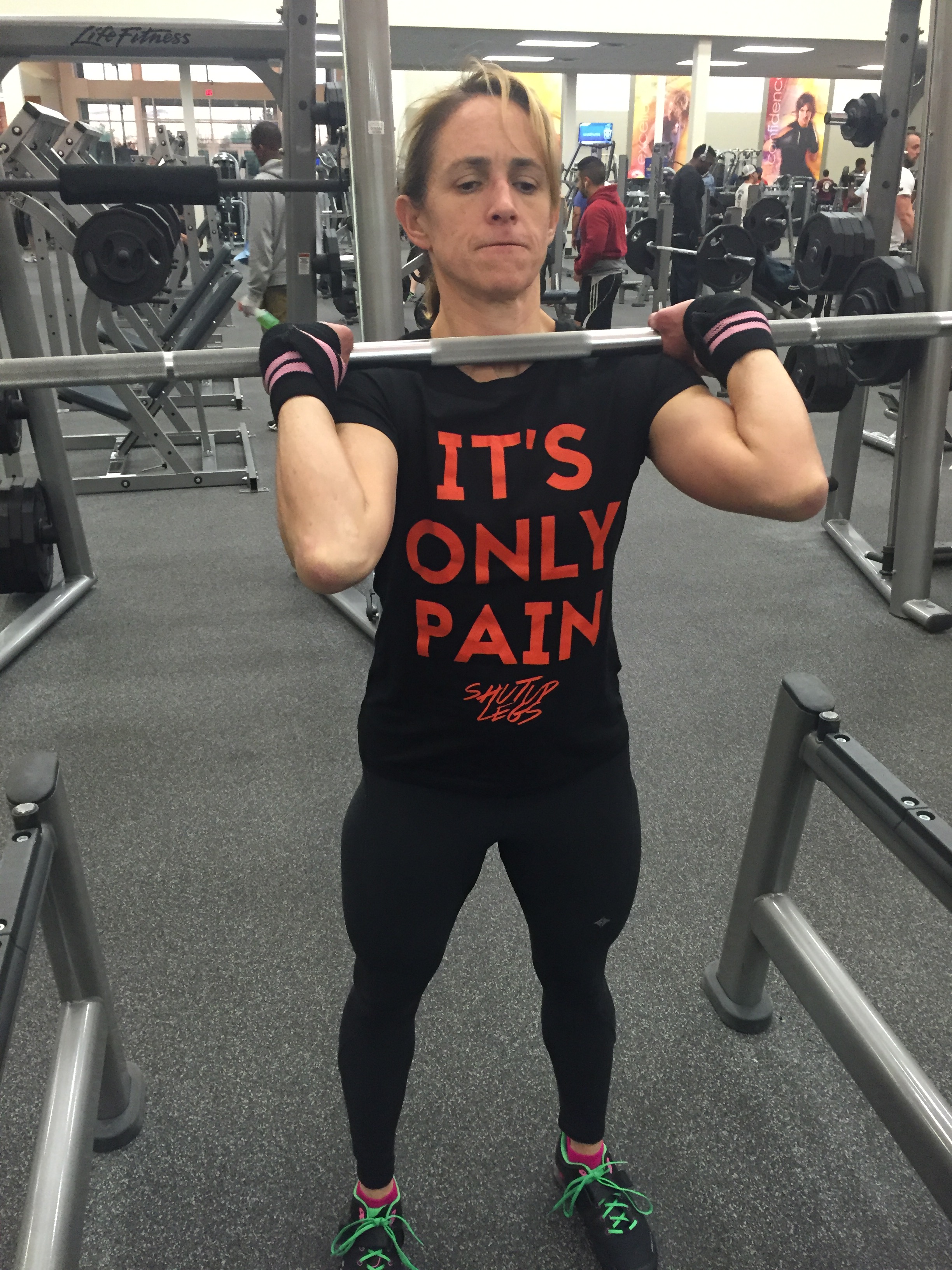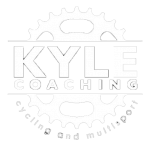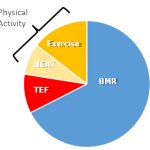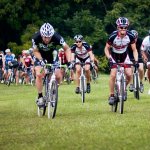Functional Hypertrophy for Cyclist: Power of Size
The Power of Size for the Sprint

Dana preparing for a front squat
During the offseason, many cyclists question the benefits of getting off the bike and ‘going to the gym.’ The list of excuses ranges from truths to folklore, all designed to justify avoiding the gym. From ‘I do not want to bulk up’ to ‘there is no necessity for strength beyond the legs’, cyclists with a strength and conditioning plan are few. Cycling relies mostly on cardiovascular fitness. Some argue that you can get all the muscular strength you require on-the-bike. I argue that cycling is a power sport, so you cannot. Power is defined as the torque placed on the pedals at a given revolution. If it was only a cardiovascular activity, we should simply go back to using heart rate monitors and ditch the power meters. Therefore, throwing out at a term like hypertrophy will have cyclists sprinting away when cyclists should embrace it as one does the top step of the podium. Why? Functional hypertrophy helps a cyclist’s sprint become more explosive and faster with minimal weight gain (Poliquin Group Editorial Staff 2013).
There are two different type of muscle growth. One is typically called “functional” and the other “non-functional.” Anatomically, non-functional hypertrophy training focuses on the sarcoplasm proteins, glycogen content, and all of the non-contractile parts of the muscle. By training these items, the muscle gains size, with the minimal growth of the actual muscle fibers. To achieve this type of pump, the athlete does 3 to 4 sets of 8-12 repetitions per exercise. A cycling analogy? To get the high volume of air in the tires requires lots of low-pressure repetitions on the mechanical pump, this is what they are doing. In this case, cyclists beware, this is all volume without the strength benefit.
The second type, of hypertrophy, functional is called a myofibrillar hypertrophy. This kind of muscle growth is highly comprised of fast twitch (Type II) muscle fibers. The muscle becomes larger because of more massive myofibrils and can provide more torque moving a greater load. The primary benefit of functional hypertrophy training is a neuromuscular strength.
What to do on those Gym Days
This first rule for the gym is you should use a variation of rep ranges. The second rule is even though we are endurance athletes, we need to do more than go to the gym and simply do legs. Make each day at the gym count and do a full body workout. Chances are you will get rid of the extra ounce or two of body fat before you start putting on muscle bulk that you are concerned when climbing Alp d’Heuz.
However to gain that leg strength necessary for both climbing and sprinting, use this protocol. First, we need to talk about movement’s speed or tempo. The descent will be a controlled down, with an explode upward. Think of this as an eccentric-enhanced squat, 4-6 seconds down with an explosive upward movement. If you were focusing on size and strength did not matter, you would use higher reps a focus heavily on the contraction and tempo. Whet we want to do is break down the muscle fiber while causing a great deal of both tension and metabolic stress.
At the end of these exercises, your should feel a burn that you have only felt on a 21% grade climb. You want to fatigue greatly the muscle, develop a huge ‘pump,’ and the feeling you have had when one more pedal stroke was not possible.
The Exercises
There are the primary exercises for the workout. Twice a week, one day is doing ‘A’ and the other ‘B’. Additionally, select two workouts from the Assistance list to promote muscle balance.
Use weights that are 80-85% of your max[1] while creating time under pressure for greater than 60 seconds.
This is not just a heavy load but also increasing you metabolic stress, tension, and muscle breakdown.
Functional Hypertrophy Workout
Exercise – Tempo – Sets x Reps – Rest
A1. BB Front Squat – 40X0 (Lerwill 2013)[2] – 5 x 5 – Rest 2-3 min Video
A2. Leg Press – 40×0 – 5 x 5 – Rest 2-3 min
B1. BB Squat – 30×0 – 5 x 5 – Rest 2-3 min Video
B2. Romanian Dead Lift – 3011 – 5 x 5 – Rest 2-3 min Video
Assistance Exercise
A1. Glute Bridges / Hip Thrusters
A2. Leg Extensions – 4 sets of 5-8 reps, 5011 tempo, Rest 2 min
A3. Lunges – 4 sets of 10-12 reps, 20X1 tempo, Rest 2 min
A4. Leg Curls – 4 sets of 5-8 reps, 5011 tempo, Rest 2 min
Conclusion
Leg strength is critical for cycling. We get frequent questions asking about generating more power for a sprint or how to reduce the burn on a steep climb. The most efficient way of developing this leg strength is off-the-bike workouts. However, these exercises need to be focused on what you are attempting to achieve, and that goal should be functional hypertrophy of the lower body. The added bonus beyond cycling is that the athlete will maximize their relative strength to their body weight. You will generate your greatest amount of watts per kilogram for the entire body while minimizing body fat.
References
Lerwill, Sean. Exercise Tempo Explained. 2013. http://www.seanlerwill.com/exercise-tempo-explained/ (accessed February 21, 2016).
Poliquin Group Editorial Staff. What is Functional Hypertrophy? 2013. http://main.poliquingroup.com/ArticlesMultimedia/Articles/Article/809/What_is_Functional_Hypertrophy.aspx (accessed February 21, 2016).
[1] You can determine your one-rep max several ways. I recommend using the following calculator.
[2] The first number refers to the lowering phase (essential). The 4 is the amount of seconds to get to the bottom of the squat. The second number, 0, is the time spent at the lower part of the position for the lift. This of this as the transition from descending to ascending. Since it is a 0, then once the athlete is reaches the bottom, they should immediately begin the ascent. The third number is the ascent, ‘X’ is as fast as possible (with proper form). The fourth is the amount of ‘pause’ at the top.


 g, and becoming fit.
g, and becoming fit.





